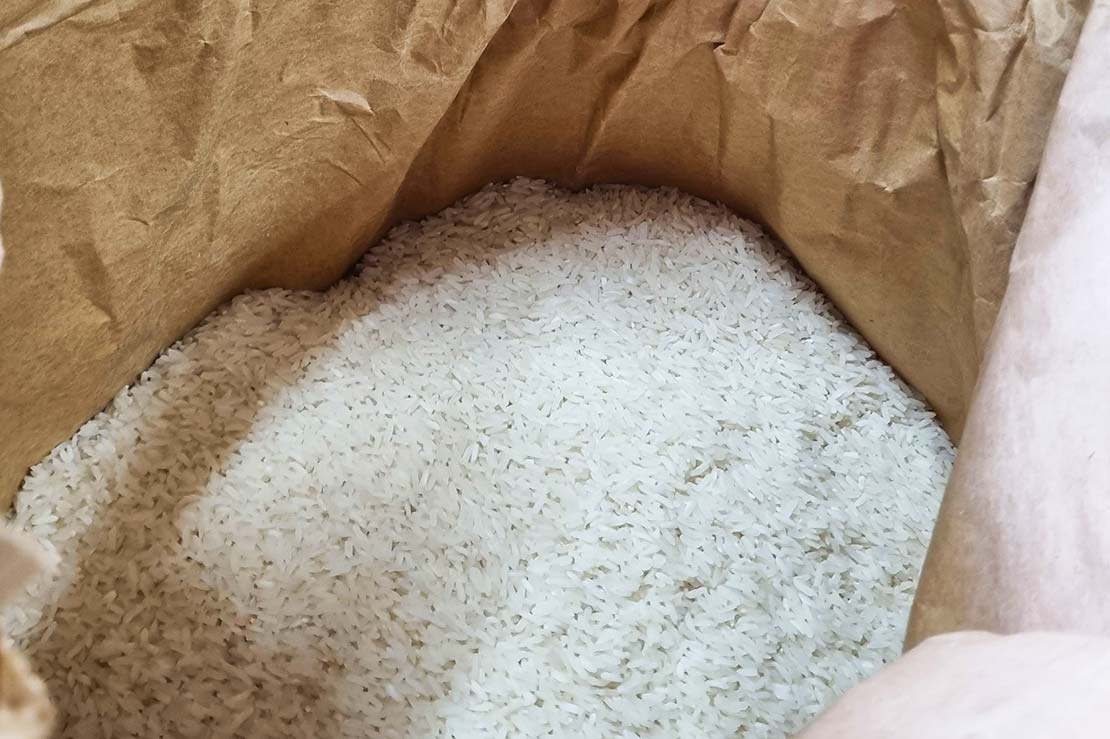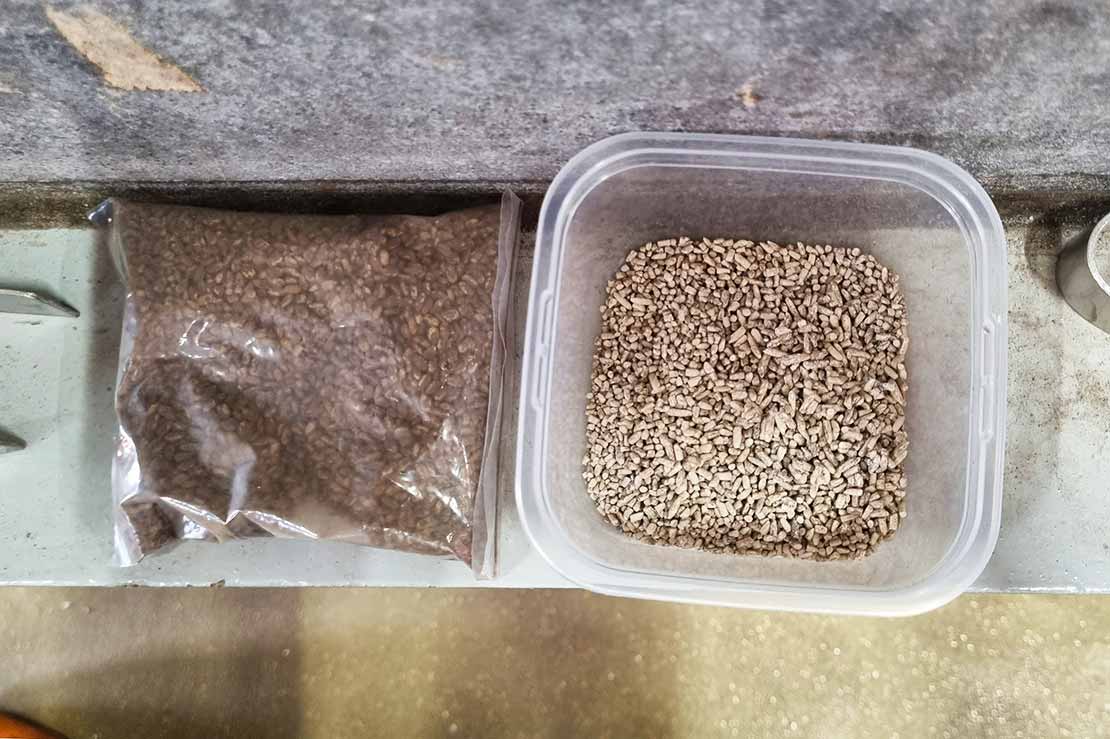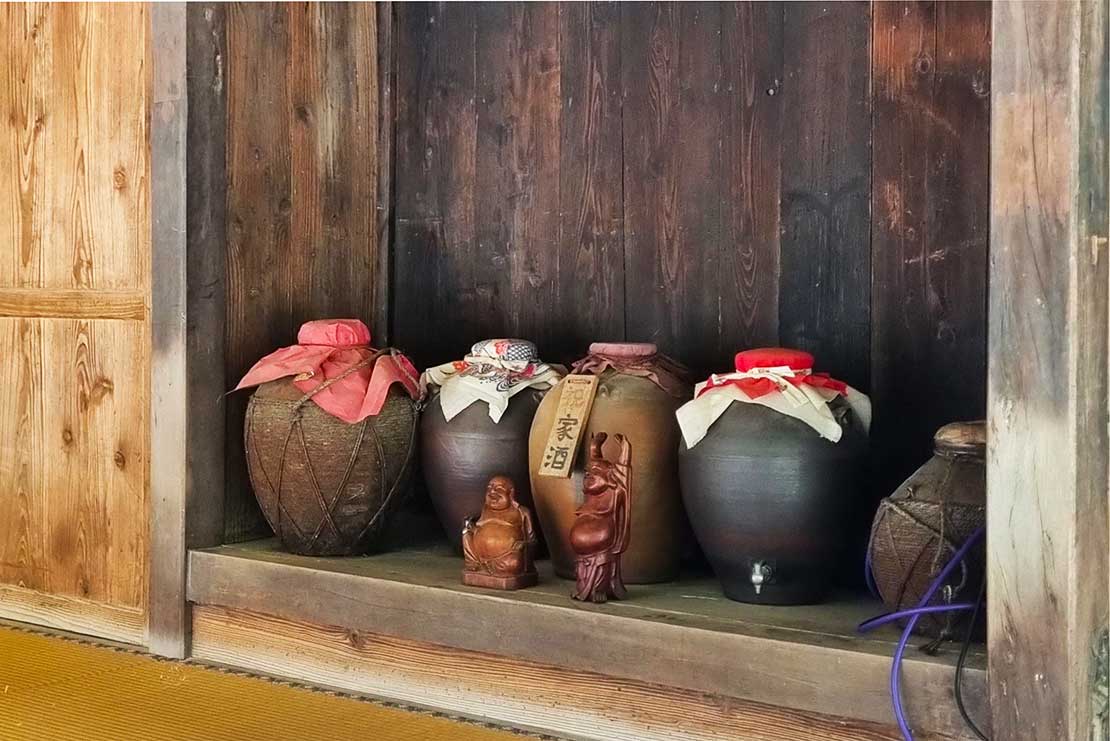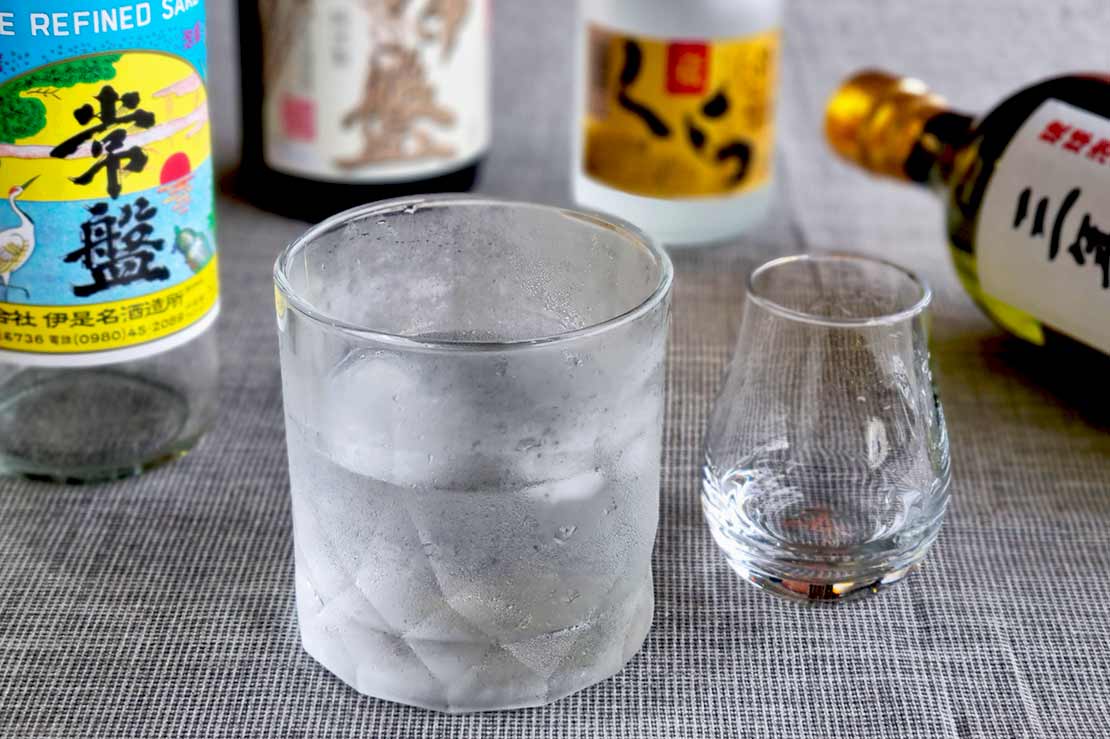Awamori is Japan's oldest spirit originates from Okinawa (then Ryukyu Kingdom). Although the earliest recorded mention in 1671 left by the powerful Satsuma Domain’s Shimazu Clan listing “awamori” as a category of gifts to Tokugawa Ietsuna, the fourth shogun of Tokugawa Shogunate (1651 – 1680), its production likely dates back to the late 15th century.
Throughout the Edo period (1603 – 1868), also recognized as the Tokugawa period, the Japan Shogunate upheld diplomatic ties with both the Ryukyu Kingdom (1429 – 1879) and Korea, despite the nation's isolationist policies. This engagement extended Japanese influence into the Ryukyu Kingdom, a territory that also paid tribute to China and had earlier embraced Chinese influence since the Tang Dynasty (618 – 907). This relationship was particularly significant as the islands served as a pivotal trade conduit to Southeast Asia.
The archipelago, originally inhabited by indigenous peoples with a unique culture, underwent unification, giving rise to the Ryukyu Kingdom. This marked the conclusion of the Sanzan period, ushering in an era where it became a tributary state.
The origin of awamori
The origin of awamori traces back to a theory supported by a 1990 survey of Asian countries, revealing striking similarities between awamori and a distilled spirit from Thailand and Fujian Province. This connection suggests awamori's roots stem from both Southeast Asia and China. This conjecture gains strength from the historical relationship between the Ryukyu Kingdom and the neighbouring regions, serving as a trade route six centuries ago.
During the Taisho era's conclusion (circa 1920s), Okinawa began importing Thai rice, quickly gaining popularity in the awamori industry and establishing it as the preferred choice of rice during the subsequent Showa era (1926 – 1989).
The use of Thai rice indica in awamori production naturally ties the spirit's creation to Thailand. Higashionna Kenjun, a prominent Okinawan historian, noted during a 1933 trip to Thailand that the local Thai liquor, Lao Khao (meaning “white spirit” in Thai, officially referred to as “sura khao”), tasted very similar to awamori. While modern Lao Khao often uses molasses to lower production costs, its original form involved distillation from glutinous rice with alcohol content ranging between 30% to 40%, similar to awamori.
Thai indica long grain rice differs from japonica short grain rice; it's tougher and less sticky when steamed. This characteristic eases the breakdown of rice by kurokoji, facilitating starch conversion into alcohol during fermentation with more precise temperature control, ultimately resulting in a higher alcohol yield. Additionally, the Thai rice’s fragrance significantly contributes to the distinctive flavour profile of awamori.
The etymology of the term "awamori" has various theories, but a plausible explanation revolves around the method for measuring alcohol strength. Pouring the spirit from arm's length and a certain height into a cup, where bubbles represent alcohol strength, is a practice adopted from China. Hence, awamori is referred to as 泡盛, where 泡 signifies “awa” (bubbles) and 盛 translates to “mori” (rise). Only awamori produced in Okinawa earns the designation of Ryukyu Awamori 琉球泡盛.
Furthermore, awamori is the precursor to shochu in Japan, with the latter's development believed to have taken place around the 16th century.
Kurokoji, the essential and unique aspect of awamori
Kurokoji (black koji mold or Aspergillus luchuensis) stands as a pivotal and distinct element within awamori production, setting it apart from other Japanese alcohol such as shochu or sake that use yellow or white koji-kin (Aspergillus oryzae).
These kurokoji spores are specifically cultivated and harvested from Thai indica rice. While most awamori distilleries use the traditional kurokoji strain, certain distilleries have gone a step further by developing unique kurokoji strains tailored to their brand. For instance, the boutique Izena Distillery situated on the island it's named after, utilises a distinct strain of kurokoji customised for their awamori using locally grown Izena brown rice.
The use of kurokoji remains exclusive to awamori production, owing to its unique spores developed to endure the warm and humid subtropical climate prevalent in the region. This particular strain fosters an acidic environment during fermentation, effectively impeding the growth of undesirable microorganisms that thrive in neutral or alkaline conditions that might otherwise lead to putrefaction.
Loss and Rediscovery of Kurokoji during WWII
The Battle of Okinawa, a brutal war between the Imperial Japanese Army and the Allied forces led by the United States during World War II, inflicted profound devastation upon the entire Okinawa region. This harrowing 82-day-long war (1 April – 23 June 1945) significantly disrupted life on the islands, including the production of awamori. Distilleries were obliterated in the conflict, leading to the loss of all kurokoji strain vital to the awamori production.
In the aftermath of World War II, the United States Military Government assumed control in Japan and imposed regulations on alcohol production. According to the Okinawa Awamori Distillers Association, only five breweries and distilleries in Japan received authorisation to operate in 1946 andt here wasn't any in Okinawa.
As the nation gradually recovered and alcohol production revived, so has the resurrection of awamori production in Okinawa. This resurgence was spurred by a momentous event—the rediscovery of the presumed lost kurokoji strain right after WWII. Seiryou Sakumoto, the second-generation owner of Sakimoto Awamori Distillery (formerly Sakumoto Awamori Distillery), discovered the strain in woven rice straw mats that had been buried in dirt amidst the ruins of Shuri, where the distillery was originally founded.
As a testament to the resilience and cultural significance of awamori, the co-founder of Sakumoto Awamori Distillery generously offered the rediscovered kurokoji strain to others without charge, playing a crucial role in the revival of awamori—an essential cultural heritage for Okinawa. Sakimoto Awamori Distillery has in 2019 moved out of Shuri and is now an integral part of Ryuku Mura, a cultural village located in Onna Village, Okinawa.
Regulations of Awamori
Awamori is regulated by overseen by the Ryukyu Awamori Liquor Brewers Association established in 1949 and the Okinawa Prefectural Office. Prior to April 1983, Awamori was labeled as second class shochu, it is now labelled as “authentic awamori" and to be labelled as "Liu Qiu Awamori", the following criteria must be met:
1. Ingredients: Awamori is made from Thai indica rice, koji mold, and water.
2. Koji Mold: It uses a specific black koji mold called Aspergillus luchuensis.
3. Distillation: The distillation process must use traditional pot stills.
4. Aging: There are minimum aging requirements; for example, some varieties must be aged for at least three years.
5. Region: Awamori must be produced in Okinawa Prefecture to be labeled as such.
6. Kusu: 100% volume of awamori aged for at least 3 years. Some bottled before 1 August 2015 may not be 100%.
7. Labelling: Blended awamori must contain at least 10% of kusu and state the lowest age and the blended ratio on the label.
The making of awamori
To make awamori, Thai indica long grain rice is traditionally used. The imported rice though not very expensive, is affected by the rise in shipping cost resulted from recent wars. Some distilleries have explored using rice from Japan and also from Thai rice grown locally like Izena Distillery.

Indica long grain rice (Photo: Kim Choong]
Cleaning soaking and steaming
At the onset of the awamori-making process, the rice undergoes meticulous cleaning, soaking, and steaming procedures. Within a rotating rice drum, water is pumped in as the drum rotates, allowing the rice to be thoroughly cleansed before being drained through perforations on one side. Positioned horizontally above ground, this specialized drum features doors to secure the rice while tiny holes enable soaking and efficient water drainage, all controlled by a panel.
Following the cleansing phase, the rice is soaked in water to absorb the requisite moisture. Subsequently, the rice is steamed in the drum until achieving optimal hardness without becoming overly soft.
Malting
During the malting phase, the cooked rice remains within the drum where it's inoculated with kurokoji once the temperature reaches approximately 40°C, preparing it for fermentation. To ensure an even distribution of kurokoji, any clumps or dried rice are manually removed from the drum before it undergoes further rotations.

Kurokoji (left) and dry moromi (right)
After an overnight stay in the drum, the rice is transferred and spread out on a bed for up to two days. This phase involves covering the rice bed while regulating its temperature using a heated pen equipped with ventilations on both ends of the stand. The controlled ventilation ensures consistent air circulation, facilitating the breakdown of starch in the rice by the kurokoji, creating komekoji (rice malt). This step initiates the fermentation process which results in the formation of moromi (fermentation mash).
Mashing
After about two days, the komekoji is now moromi and ready to be transferred to the tall cylindrical tanks for extended fermentation. Addition of awamori yeast and water aids in the breakdown of sugars into alcohol. As the rice tends to rise to the top during fermentation, daily mixing and pushing down are essential to ensure uniform enzyme action across the entire mash. This process spans two weeks, resulting in alcohol content varying between 5% to 15%.
Distilling
The distillation phase elevates the alcohol content to over 70% utilising pot still. At this stage, the liquid derived from the moromi (now resembling a porridge-like mash due to the rice breakdown) through filtration is transferred to the distillation tank, undergoes heating, vaporize and ascend through the swan neck of the pot still and turns into alcohol.
Subsequently, it condenses through the cooling coiled tube. This process when employing a copper pot still, eliminates impurities while retaining congeners and distinct characteristics from the fermented liquid, resulting in a more vibrant and aromatic genshu (undiluted alcohol).
Dilution
Awamori alcohol strengths range from 25% to 43%. Most commercial varieties awamori available in the market are 25% or 35%, some even lower at 15% or 20% but usually the highest at 43%. To reduce the alcohol strength of the spirit, the liquid is transferred to a tank and water is then added to dilute to the desired alcohol strength.
Aging
Awamori is generally aged in tanks or kame (earthenware) that gives the spirit a rich flavour. Some distilleries are experimenting with aging in new or used wood like whisky and rum barrels. Those aged above 3 years are called kushu.

Kame (earthernware) used for aging awamori
Bottling
Awamori acquires its unique aromatic compounds contained within. The liquid undergoes physical and chemical changes during the aging process that transforms into aromatic compounds. This is in contrast to aged liquid like whisky or cognac which aromatic compounds greatly resulted from the wood it is aged in.
A special custom
There is a long practiced tradition in Okinawa called Chibari where parents or relative preparing a special jar of awamori, Chibari No Kame (means “tying with a red thread”) for a new born child that symbolises the passing of time, growth, and the nurturing of relationships within the community signifying the care of the parents for the child’s future. With the spirit in the jar gaining complexity with age, mirroring the child’s growth and experiences. The jar is opened when the child is of age (20 years in Japan) or on their wedding day and is shared among family and friends to as part of the celebration for the child having reached a milestone in life.
With the younger generation increasingly leaning toward lower alcohol by volume (ABV) options, the distinctive flavour profile of awamori, coupled with compelling storytelling highlighting its cultural significance, could serve as a captivating selling point. In recent years, a surge in new-generation awamori producers and dedicated bartenders advocating sustainability and the utilisation of local ingredients has emerged. There's hope that this spirit will not only be appreciated but also evolve to align with the evolving palates of modern drinkers.
- T -
